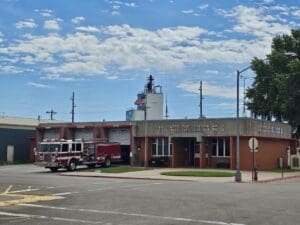By Trish Svoboda
Gregg Ibendahl, a farm management extension specialist at Kansas State University, says that the price of fertilizer, one of farming’s expensive inputs, is influenced by factors such as oil prices, inflation rates, and fertilizer demand.
He emphasizes the significance of fertilizer as a variable expense in farming, especially for crops like corn, grain sorghum, or wheat, which require nitrogen applications. Increases in fertilizer prices directly impact farmers’ profitability.
Ibendahl highlights the pivotal role of oil prices in determining fertilizer costs, stating that higher oil prices correspond to increased fertilizer expenses. He anticipates stability in fertilizer prices as long as oil prices remain around $70 per barrel.
Inflation rates also affect fertilizer costs, with Ibendahl suggesting that fertilizer prices in the range of $800 per ton are realistic under 3-4% inflation.
In addition, fertilizer availability significantly influences its price, particularly during years when farmers plant nitrogen-intensive crops like corn.
He mentions that purchasing fertilizer at specific times of the year can offer tax advantages and cost savings. However, Ibendahl advises against following last year’s buying patterns due to different market trends in 2024.
“I think fertilizer tends to be steady during the year. I don’t see a lot of downside potential in the fertilizer market based on the fertilizer price and inflation price,” said Ibendahl. “I don’t see fertilizer prices going lower; I think the risk of things going higher is a bigger risk to producers.”













